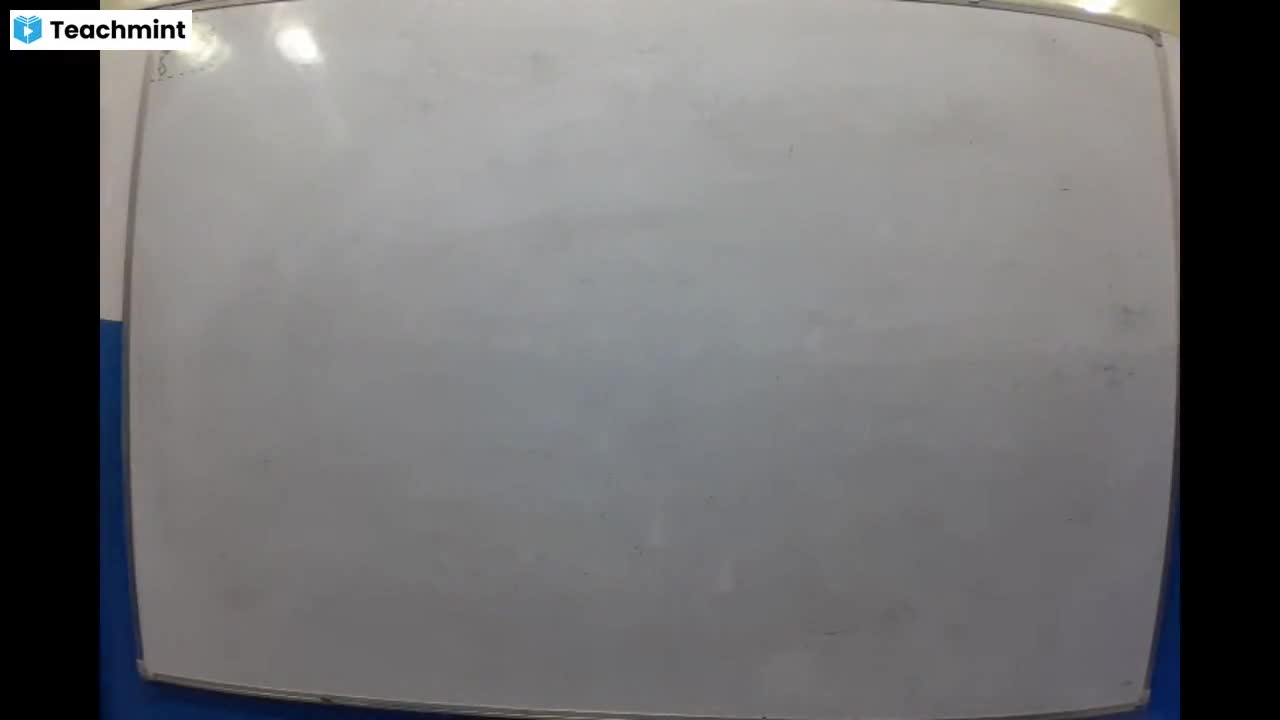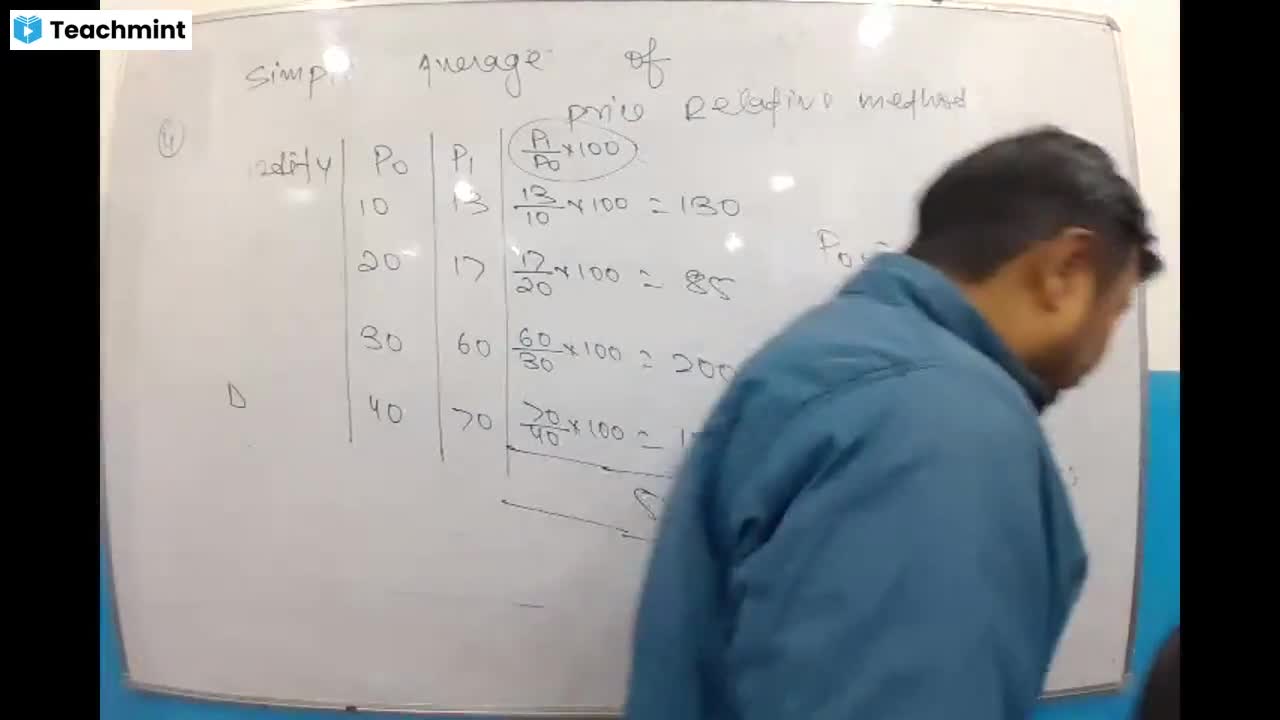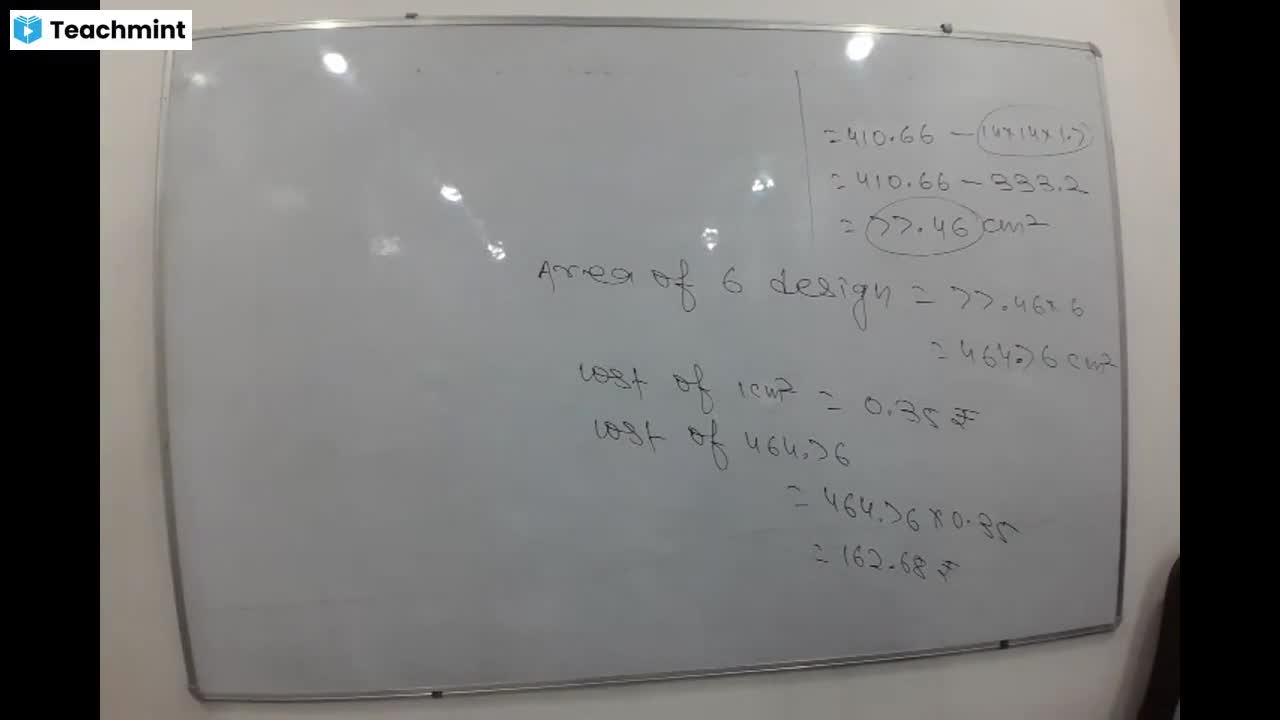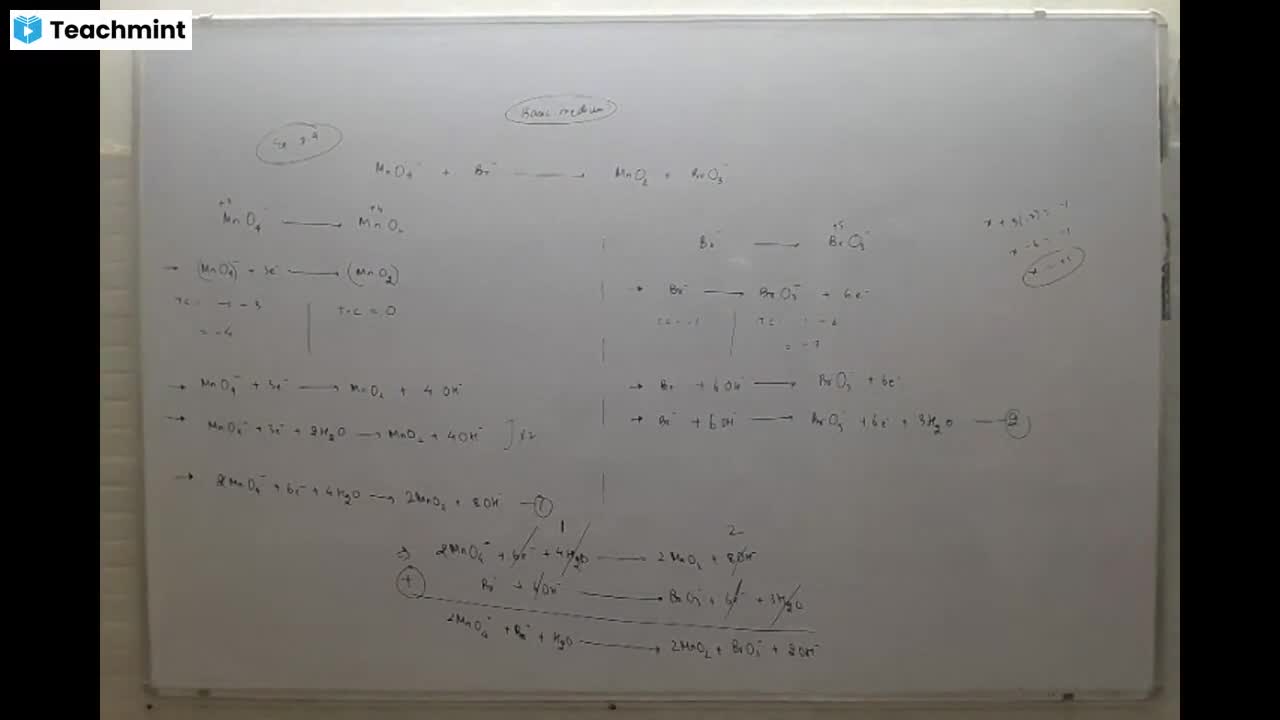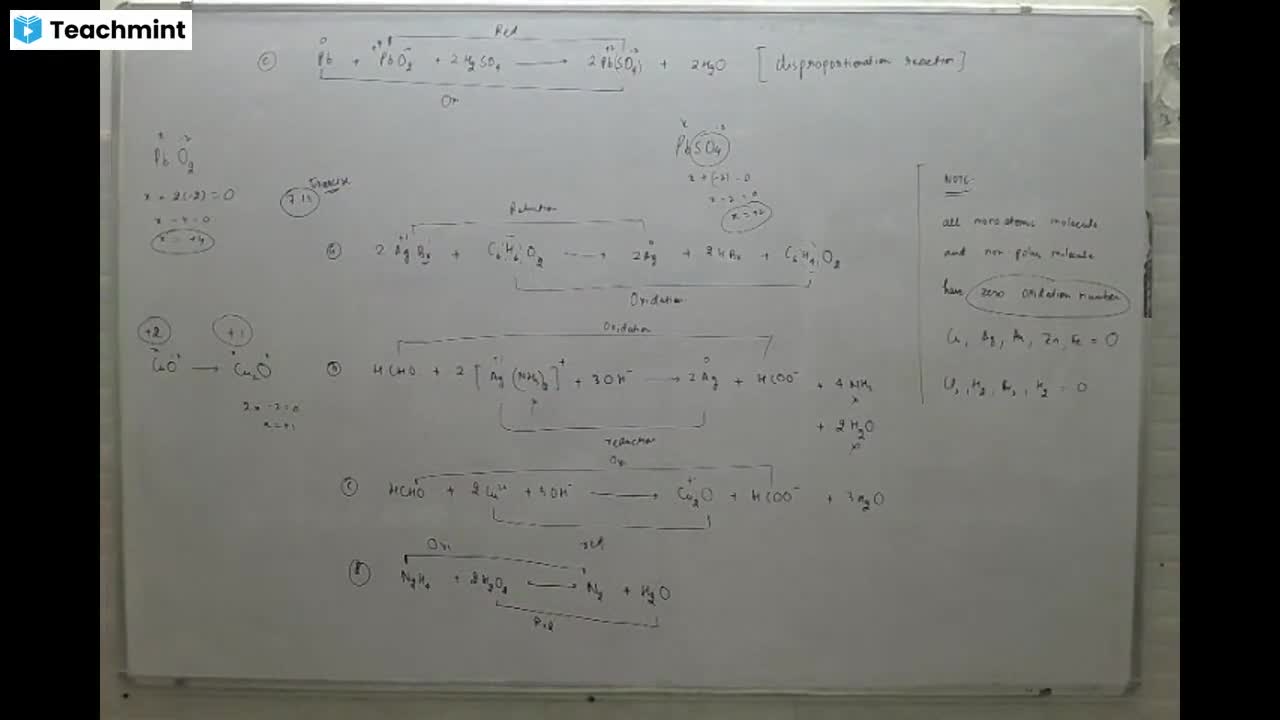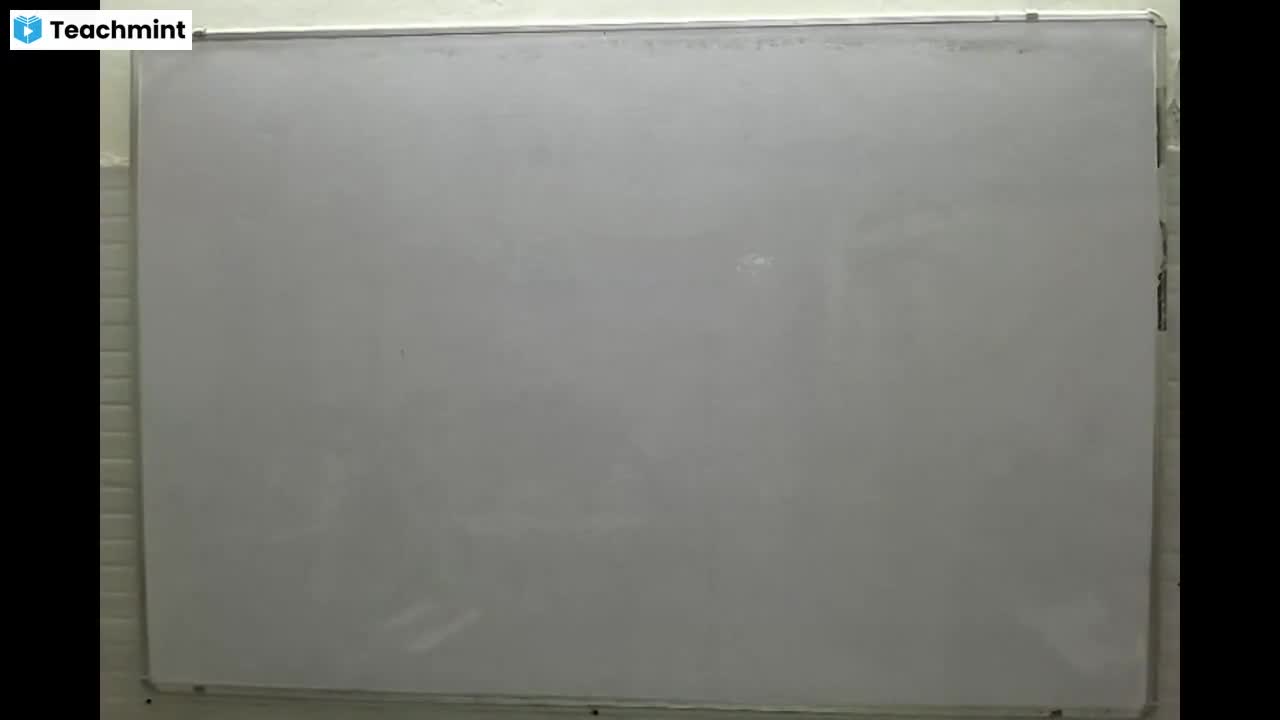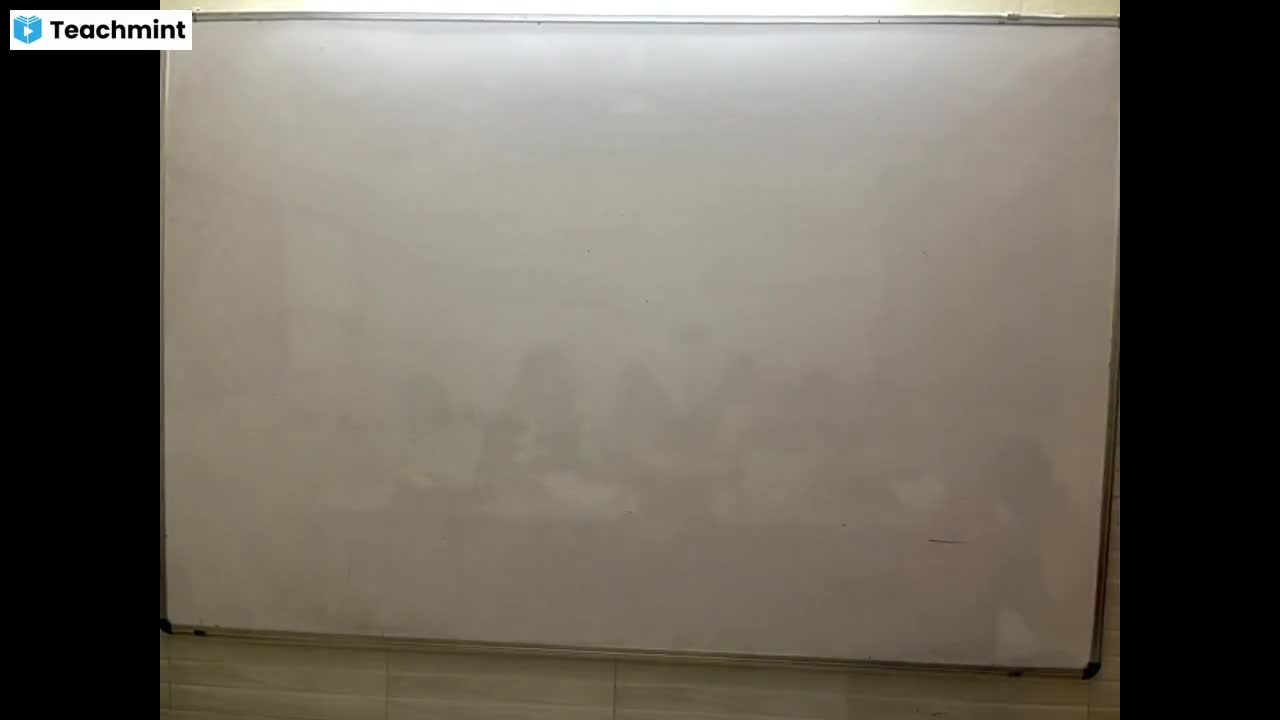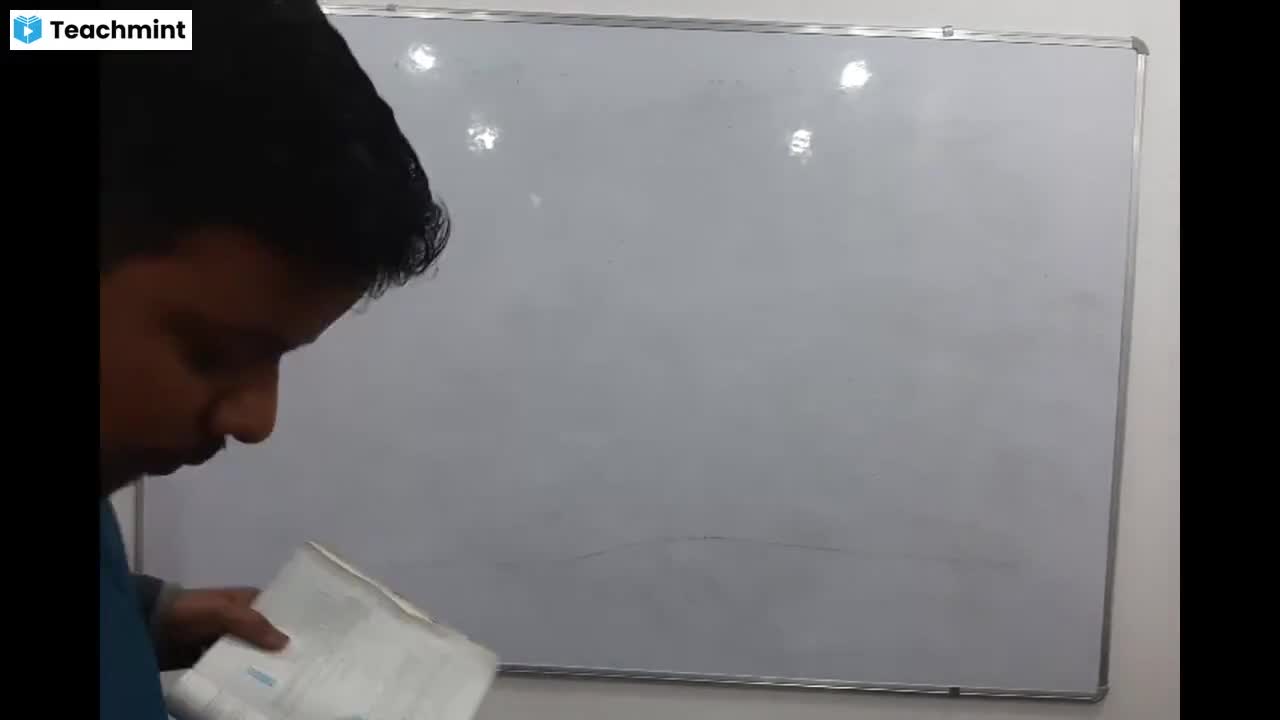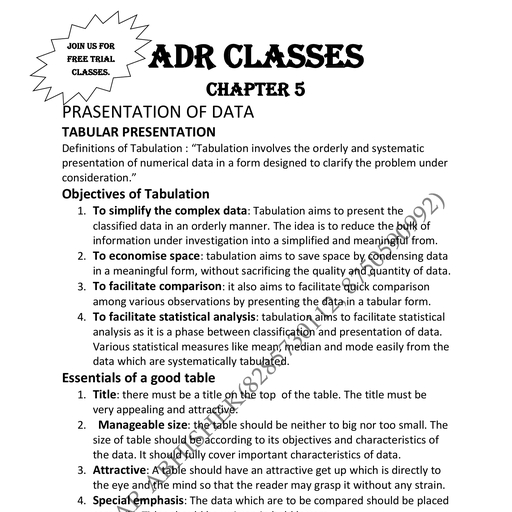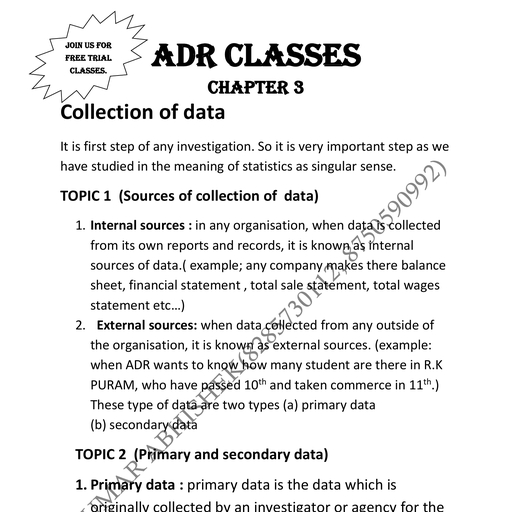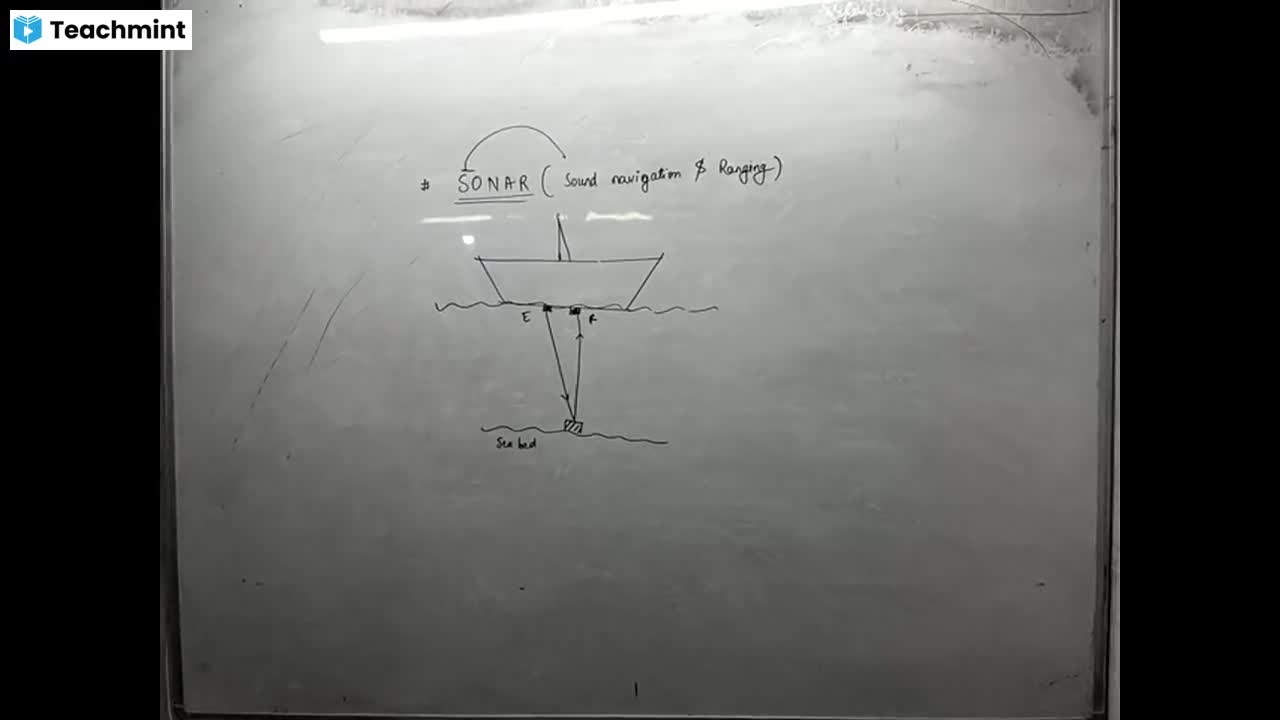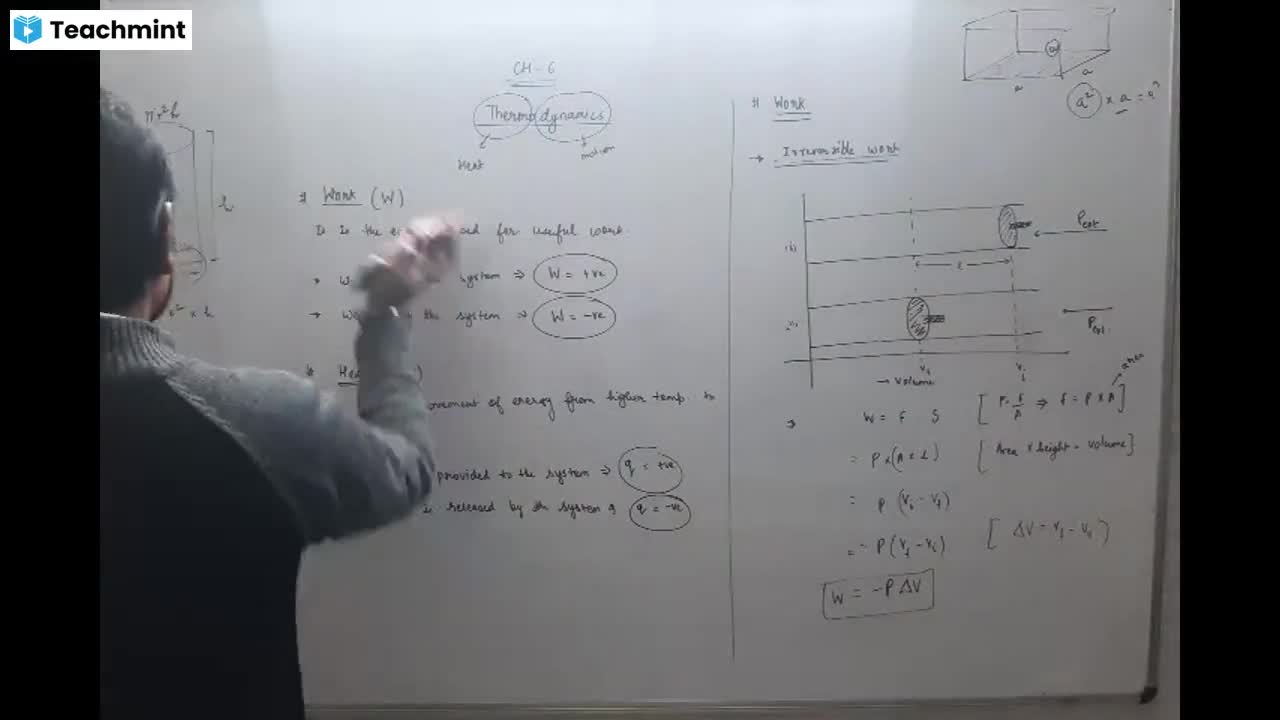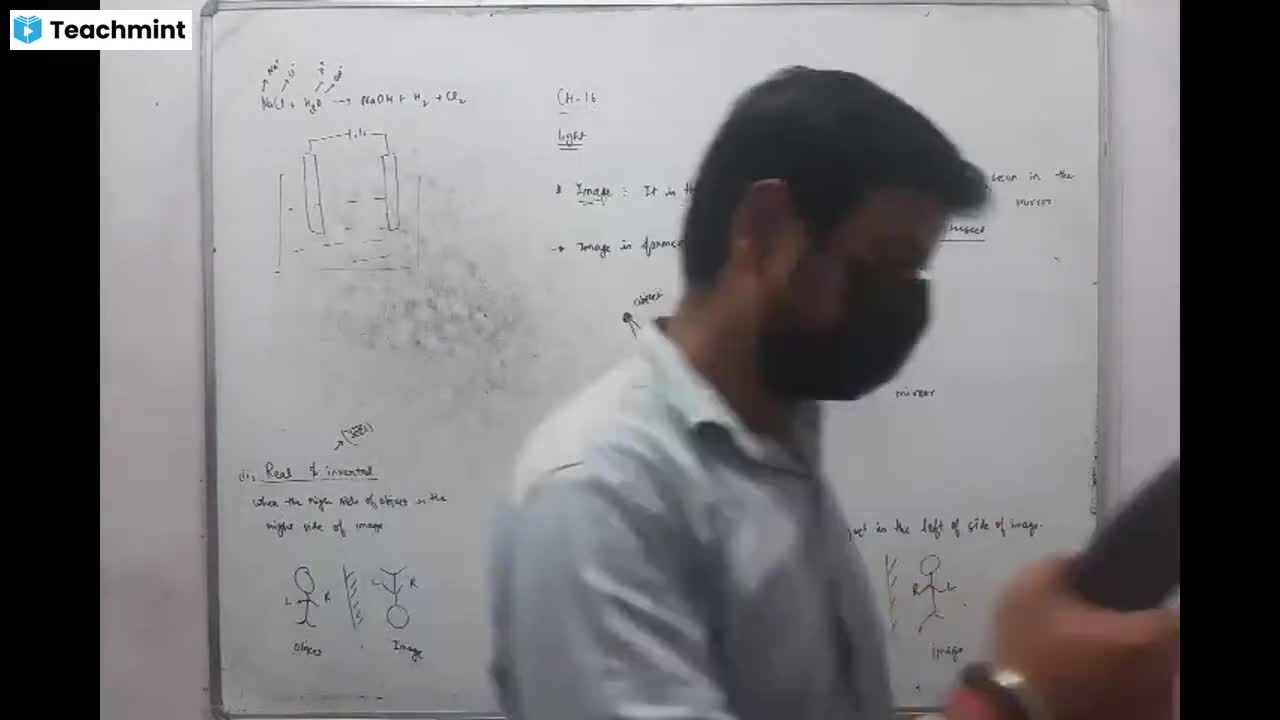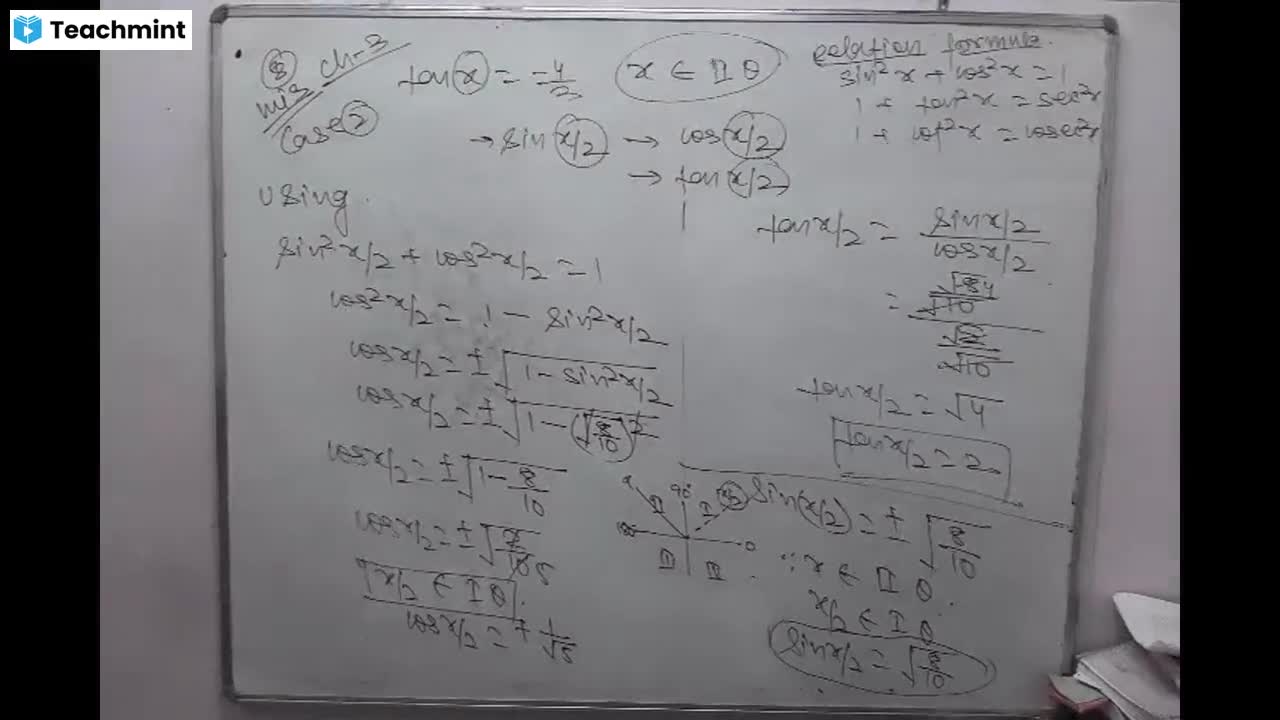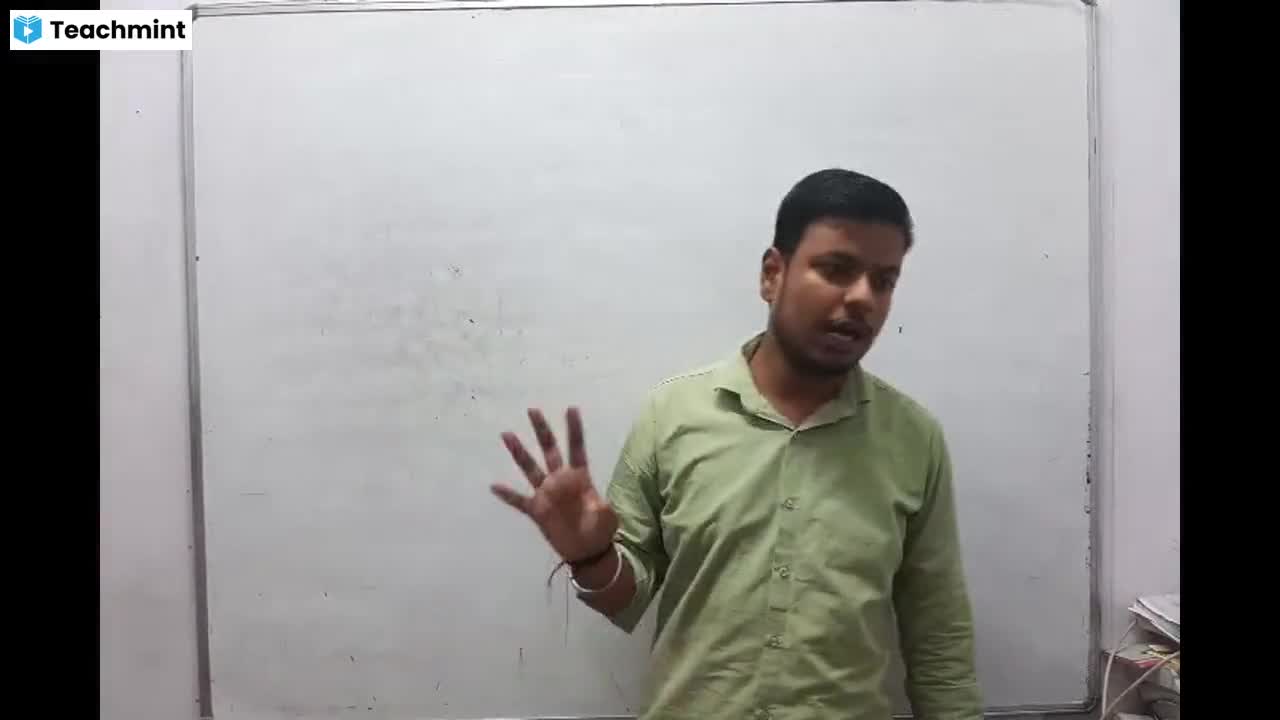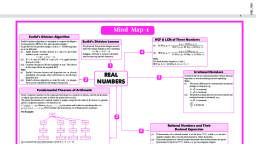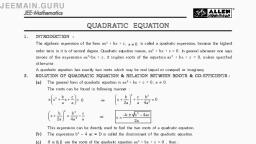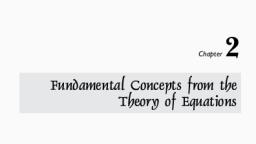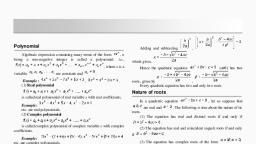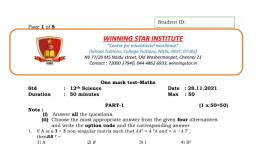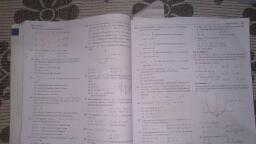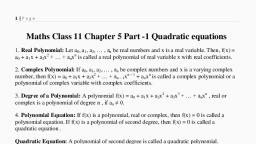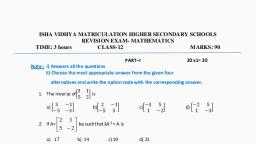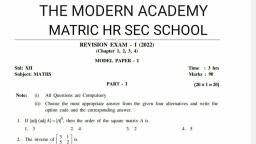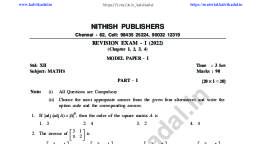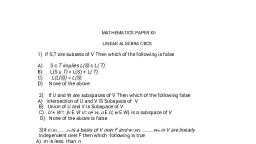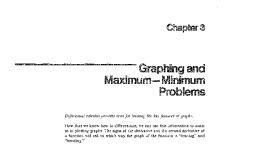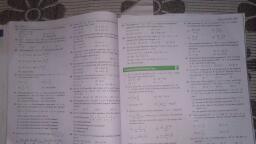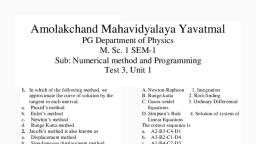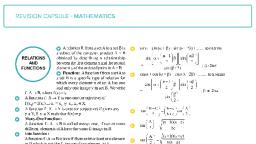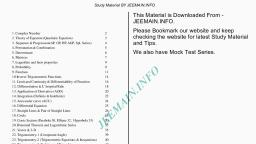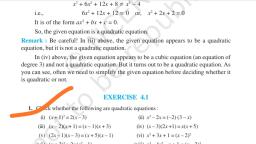Page 1 :
1Q _DESCARTE’s RULE OF SIGNS, CHAPTER ea, , 10.1. DEFINITIONS, , , , (a) Continuation or Permanence of Signs: In a polynomial f(x), in which its terms, “are arranged in descending powers of x, if two successive terms have the same sign, a continuation, or permanence of signs is said to occur., , Thus in x® — 2x5 —3x4 5x9 +4x? -9x+1, there are two continuations of signs occurring, each at —3x*, —5x3., , (6) Variation or Change of Signs: Ina polynomial f(x), in which its terms are arranged, in descending powers of x, if two successive terms have different signs, a variation or change of, signs is said to occur., , Thus in x4 -2x° - 4x? +3x-7, there are three changes or variations of signs occurring, at —2x°, 3x and -7., , (c) Complete Equation: An equation is said to be complete when none of its coefficient, 1s zero., , In a complete equation :, , ()_ the sum of the number of continuations and of variations of signs is equal to the degree, of the equation., , (i) if x is changed into — x, a continuation of sign becomes a variation of sign and, vice-versa., , (d@) Ambiguity of Sign: An ambiguity of sign is said to occur when any term ofa, polynomial f (x) has the double sign + or ¥., , 10.2. LEMMA, Ifa real polynomial f (x), complete or incomplete, is multiplied by x~h, (h > 0), then, the product will contain atleast one more change of sign than the original,, , Let the signs of terms in a polynomial f (x) be, ++ - 57 7 t+ 7 +, , , , Scanned with CamScanner
Page 2 :
The given polynomial has five changes of signs. Now multiply the given polynomial by g, binomial x — h (4 > 0) in which the signs are + —; thus, , ede ee ee ee oh ee Gy = [6 changes of signs), + t+ --- +--+ , 4+t-F Fe -+-4 (1), The resulting polynomial has three ambiguous signs which replace each continuation of, sign in the original polynomial., , Let us consider the most unfavourable case in which each ambiguity has been replaced by, a continuation., , Taking the upper signs of (1), we have, ++-- - + He HO + [6 changes], , The resulting series of signs is the same as the original with an additional change of sign, at the end., , Again, taking the lower signs of (1), we get, t-- ++ 4-4 - 4 [6 changes], , Thus we see that in either case there are six changes of signs i.e., atleast one more than, the number of changes of signs in the original polynomial., , Hence atleast one additional change of sign is introduced on multiplying a polynomial by a, factor of the form x —h (h > 0)., , 7 DESCARTE’S RULE OF SIGNS, , (a) The number of positive roots in any polynomial equation f (x) = 0 with, real coefficients cannot exceed the number of changes of signs of the coefficients in f (x)., , (6) The number of negative roots in any polynomial equation f (x) = 0 with, real coefficients cannot exceed the number of changes of signs of the coefficients in, f@x)., , Proof. (a) Suppose f(x) = 0 is a nth degree equation and has p positive roots (p < n) viz.,, hy, Ag,......4, and remaining roots are negative, zero or imaginary., , Then f(x) = (x — hy (x —hg).......(%-h,) 6 (x), where ¢ (x) is of (n — p)th degree., , Scanned with CamScanner
Page 3 :
The expression 4 (x) may or may not have any change of sign, but its multiplication by, (x -h,), (x —h,), ..... (x ~h,) introduces atleast p new changes of signs in the product so that f(x), will have atleast p changes of signs., , Hence the number of positive roots of f (x) = 0 cannot exceed the number of changes of, signs in f(x)., , (b) We know that the negative roots of f(x) = 0 are the positive roots of f (—x) = 0 and, as such the number of negative roots of f (x) = 0 cannot exceed the number of changes of, signs in f(—x)., , Cor. If an equation has only one change of sign, the equation must have one positive, root., , 10.4. COMPLEX ROOTS, , , , If the equation f (x) = 0 is complete and of nth degree, then the sum of the number of, changes of signs in f(x) i.e., positive roots and number of changes of signs inf(-x)ie., negative, roots is equal to the degree of the equation and as such no conclusion can be drawn about the, , , , , , existence of the complex roots. >, , Descarte’s rule of signs helps us in finding the complex roots when the equation is incomplete., a incomplete equation of degree n, ifp and q be the number of changes of signs in f(x) and, = ‘f(—x) respectively, then the equation f(x) = 0 has at the most p positive roots and q negative, roots. Hence the equation must have atleast n-(p+q) complex roots., , , , Note:, , It should be noted that from Descarte’s rule of signs, we cannot find exact number of real, , roots. From this rule we can find only the maximum and minimum number of real and, , , , imaginary roots respectively. Thus in nth degree equation f (x) = 0, if p and q be number of, variations in f (x) and in f(- x), then the equation has at most p +q real roots and atleast, , n-(p+q) imaginary roots., , , , , , EXAMPLE 1. Apply Descarte’s rule of signs to discuss the nature of the roots of the, quation x1 + 15x? +7x—11=0, Solution. Let f(x) =x‘ +15x?+7%-11, f () has only one change of sign., f (x) has atmost one positive root., , Scanned with CamScanner
Page 4 :
Again, f(-x)=x4 4+15x? -7x-11, , f (-x) has only one change of sign., f (x) has atmost one negative root., Thus the given equation has atmost two real roots., But the given equation has 4 roots., Hence there are atmost two real roots and atleast two imaginary roots., , f EXAMPLE 2. Show that the equation x° + 5x° + 2x -3 =0 has atleast six imaginary roots., TT [M.D.U. 2015; K.U, 2013], , Solution. Let f(x) = x° +5x9+2x-3, , , , , , , , f(- x)= x8 -5x5 -2x-3, The number of variations of signs in f (x) is one and in f (— x) is one., , :. f(x)=Ohas atmost one positive root and atmost one negative root i.e., f(x) =0 has at, , two real roots and hence it has atleast six imaginary roots., , EXAMPLE 3. Show that for all values of c, the equation x° +x? +3x+¢=0 has atleast, , ' two imaginary roots. [K.U. 2016, 09; M.D.U. 2012, 09), Solution. Let f(x) =x° +5x+3x+¢ AD), and then f(-x)=- 2° +5x?-8x+0 2), , Case I. When c is positive :, From (1), f (x) has no change of sign, f (x) = 0 has no positive root., From (2), f (- x) has three changes of signs, f (x) = 0 cannot have more than 3 negative roots., Hence, f (x) = 0 has atmost 3 real roots, Total number of roots = 5, Least number of imaginary roots = 5 - 3 = 2., , Case II. When c is zero:, f(x) = 2° +54? 43x, , f(-x)=-x° 45x? -3x, , Here x = 0 is a root of f(x) =0, , Scanned with CamScanner
Page 5 :
and, , root., , 10.5,, Also, from (2), f (, x) has two changes of signs, , f &) = 0 cannot have more than 2 negative roots., Hence f (x) = 0 has atmost 3 real roots, , Total number of roots = 5, , .. Least number of imaginary roots = 5 — 3 = 2., Case III. Whenc is negative :, , Let c=—-k, where k is positive, , f(x)=x°+5x243x-k 7, , +A3), fx) =— x5 45x? 37, , -AA4), From (8), f (x) has only one change of sign and as such f (x) = 0 has atmost one positive, , From (4), f (— x) has two changes of signs, , -. f£ @) = 0 can have at the most two negative roots., Hence f (x) = 0 has atmost 3 real roots, Total number of roots = 5, , -. Least number of imaginary roots = 5 - 3 = 2., , Hence for all values of c, the given equation has atleast two imaginary roots., , EXAMPLE 4. Show that the equation x?" _1=0 has only two real roots., , (M.D.U. 2016, 15, 12; K.U. 2018, 14), Solution. Let f(x)=x?"-1, fx=x"-1, , The number of variations of signs in f(x) and f (- x) are one and one respectively. Hence, , the equation f (x) = 0 has atmost two real roots., , But f(x) = 0 is satisfied by x=+1., , Hence the equation has exactly two real roots., , Gi) x° =3x?-2+1=0, , Gi) 3x“ +19x? 45x-4=0, , ti) xb +244+2=0, , , , Scanned with CamScanner
